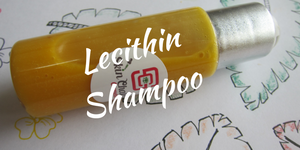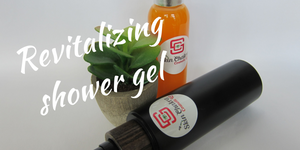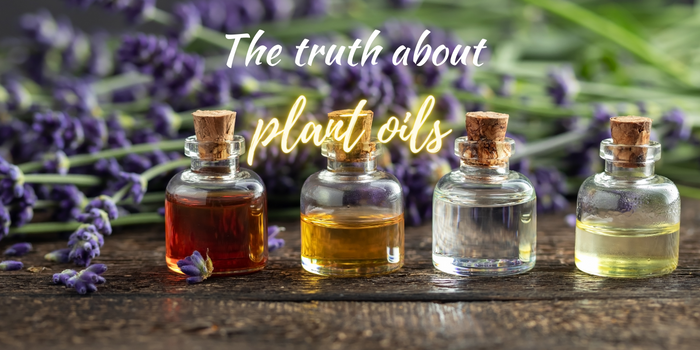
In contrast to most of you I started my cosmetic formulation journey with the conventional cosmetics. During my junior years I have worked with ingredients that will probably scare you out of your wits. At some point I was fascinated with plant oils and started using them and before I even could really register it consciously I became a "natural formulator".
During the first years of my "natural formulation" journey I was mortified by reading the label of the known brands (that were not much at the time) and observe a snow white cream that they labelled as avocado cream or a pomegranate facial oil with two years of shelf-life. We all know that the avocado oil, unless it is heavily refined and bleached or unless it is used at an extremely low concentration imparts a beautiful green color to the product and we all know how susceptible pomegranate seed oil is. There is no chance you can create a product using high concentrations of the oil and then giving it a shelf life of two years.
These two examples and hundreds of similar examples convinced me that most "big boys" of the industry use plant oils and extracts only to have the fanciful names on the label and to fool the consumer while they stretch the products with heavily refined oils, ester oils and fractionated triglycerides (Plant based hydrocarbons and silicone alternatives were not easily available at those days).
This conviction has not changed over the years but as my own experience in "natural cosmetics" and "product stability" expanded I realized that in addition to tempting the consumer with fanciful names and in addition to the pricing factor, there might be another reason for using low concentrations of plant oils and butters, preferring the refined oil to the native ones and stretching the formulation with ester oils and fractionated triglycerides or in the more recent years with the plant based hydrocarbons.
None of us can really imagine a "natural" product without a load of plant oils no matter if it is a humble and easily available oil familiar from the kitchen (sesame or sunflower oil) or a fanciful oil originated from Africa or the Amazonian rainforest such as baobab or buriti oil (these are exotic oils for us in Europ and Asia but obviously are native oils for African and South American formulators). All those beautiful colors and scents and the accompanying phytosterols and vitamins together with the various fatty acid profiles are actually enough to fulfill all lipophilic requirements of a formulator but as fascinated as we are and as convinced as we are, we need to recognize and to accept the shortcoming of the plant oils when it comes to creating safe, stable and effective products at a professional level.
I am not trying to convince you to dislike these natural jewels or to encourage you to use ester oils and hydrocarbons instead of plant oils. I am just saying when you are using plant oils at high concentrations and as the main part of the lipophilic content of your formulations you need to be aware of the consequences. There is no absolute black or white, good or bad here.
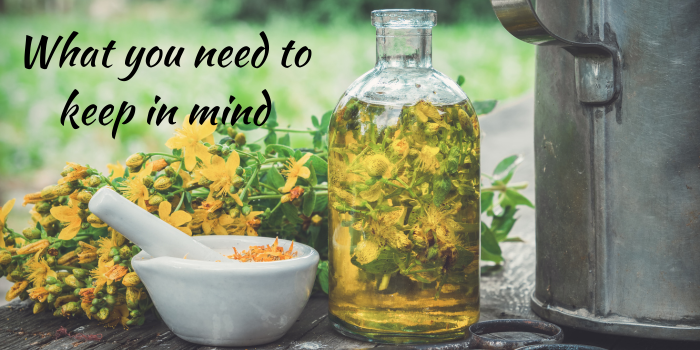
The color and scent
Marzipan scent of the plum seed oil, fresh/cool scent of the cucumber oil and brilliant colors from tamanu's and avocado's green to buriti's orange and ojon's red are all good enough to die for but exactly here there is a big shortcoming that limits our creativity,
As generous as mother nature is, she seems to be very moody. This means even when you purchase your oils from the very same supplier there will be no batch to batch uniformity,
This inconsistency in scent and color has forced us to discontinue a few highly popular oils as a matter of fact. 20 years ago people would purchase the ugliest and the most Bohemian/rough looking product just because they were claiming to be "natural". Some do this perhaps even today when they purchase something regional specially when they are on a farmers market or souvenir market during holidays but if you want to have a long-time relationship with your customers and keep a good inventory of repeating customers you need to have a kind of uniformity in appearance and sensory characteristics at least. You can not sell one batch of a butter with a deep orange color and the next batch of the same butter with a pale beige color.
That was a steep learning curve for me but I now have realized why the industry so stubbornly prefers refined oils vs virgin oils, They take the refined oils which are mainly carrying the name and the fatty acid profile of the virgin oils and then add some scent and colorant to the product to maintain the batch to batch uniformity.
The shelf life

Plant oils have a much shorter shelf-life than ester oils, hydrocarbons and silicone and mineral oils.
This is another reason why the industry uses plant oils so sparingly. When we order our plant oils in bulk, they usually have a shelf-life of one year. In some exceptional cases they have a shelf-life of 18 months. This means in best case when YOU receive your oils they have a shelf-life between 9-12 months. This is just the nominal shelf-life and the real shelf-life depends on many other factors such as the storage and transport conditions, the nature of the oil, the fatty acid spectrum and the content of unsaponifiables and the headspace of the container. Some oils such as pomegranate seed oil, evening primrose oil and borage oil are expired and rancid long before they have even reached the nominal expiry date. This short shelf-life was perhaps acceptable in old days where everybody got directly to the chemist/pharmacist or to the herbalist and got a small pot of some freshly prepared potions for a certain requirement and it is still acceptable if you prepare small batches of products at home for yourself or your family and friends but as soon as you move on to a professional scale and create and sell the products, even in a hand-made, artisanal and bespoke fashion, this short shelf-life becomes a limitation. Still, it is not impossible to create professional products based on plant oils with a short shelf-life. The point is: you shall consider this short shelf-life and the time between the product is produced and then leaves your lab till it reaches the consumer and is completely used. There is a huge difference if you have a local shop or sell your products on local/regional markets or have an online shop and ship around the globe or have your products being sold by a retailer chain.
You simply can not use high concentrations of native and virgin plant oils with a high content of PUFAs and expect a shelf-life comparable to industrial products. You must understand and accept this important fact and you must be able to clearly express it so that your customers grasp that a truely "natural" product with precious plant oils does not have the same shelf-life compared to an industrial product (even though it is labeled natural) from the drugstore.
The heat and oxidation stability
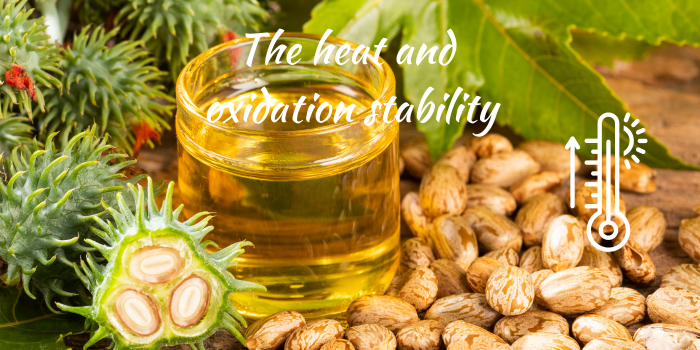
This goes hand in hand with the previous factor. Generally liquid oils are more susceptible to oxidation compared to solid oils/butters and oils with a low content of PUFAs. This is one part of the equation. The second part is how you process the oil in the product and how the product will be packed. Of course we want the beautiful color of the ojon, paprika or buriti oil to show up when we make a cleansing oil, bath oil or any other product with them. The shelf-life and the quality of the finished product however are affected by the way you use that oil:
- Hot vs cold process
- The dosage of the oil
- The packaging and exposure to light, heat, oxygen during the storage, transport and using the product up to its last miligram.
Here again, there is no shame in using a high dosage of those precious plant oils with a high content of PUFAs but you need to adapt your manufacturing process, the formulation and the packaging so that your product will have a reasonable shelf-life or again, make it clear for the customer that because you are using these precious oils your product does not have the same shelf-life like the industrial crap they sell in the drugstore.
The skin feel
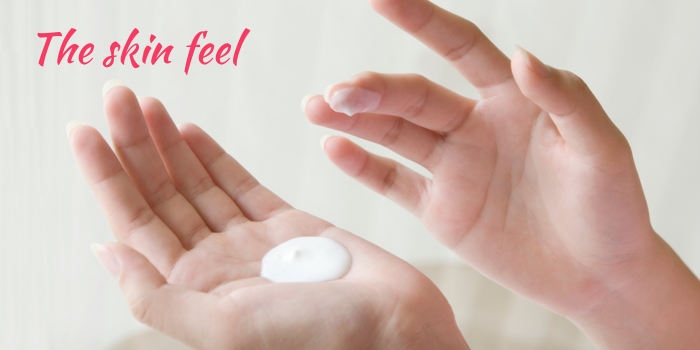
Have you ever had a customer or an honest friend complaining to you that the skin feel of your product is not as silky and light as the industrial products available on the mass market? Or perhaps you go for a market reasearch to the perfumery or the drugstore every now and then and try the testers and samples available there?
The skin feel of the plant oils, even the lightest ones such as macadamia or perilla oil is not comparable to esetr oils, hydrocarbons, silicone oils or the modern plant based silicone oil alternatives. This is a fact. Priod.
Here again, no discrimination of the plant oils but this is a fact that must be acknowledged and clearly expressed for your customers so that they know the plant oils come with a certain characteristics and shortcomings
The polarity

Polarity of an oil plays an important role in the stability, texture, viscosity and skin feel of the finished product. Some formulations need oils that are more polar or less polar than the plant oils for stabilization and performance. Hydrocarbons, ester oils, fractionated triglycerides and plant based silicone alternatives all have different polarities compared to the plant oils. This is again something to be considered that despite all the passion and love and acceptance for those precious plant oils you sometimes need to apply other lipophilic ingredients for the sake of stability and performance of the product.
The bottom line
This post is born from hundreds of questions that your peers and formulator colleagues have asked during the last couple of years. The most frequently asked question is about the shelf-life of the product and how "industrial" products have a long shelf-life whereas the artisanal products you make have a much shorter life. The main reason for this difference is not the high-end technologies they are using but indeed in the way they circulate their inventories and the ingredients they use and the main difference comes from using the plant oils.
Download our free guide: How to choose, store and use plant oils

